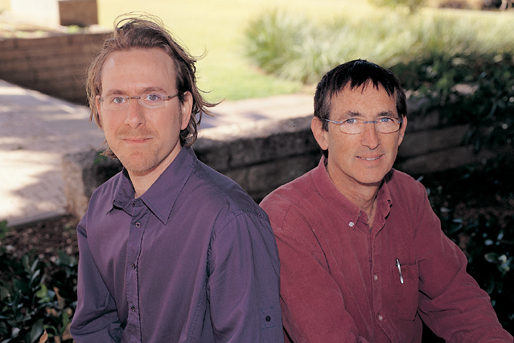It turned out that the interferon-YNS molecule effectively destroys these cancer cells, while the natural interferon fails to do so

In medicine, the natural interferon is widely used to treat several types of cancer, but in fact, its effectiveness is quite modest. Now the Weizmann Institute of Science scientists have succeeded in engineering a new version of interferon whose activity efficiency is 100 times higher compared to the natural molecule.
Prof. Gideon Schreiber from the Department of Biological Chemistry examined some basic questions concerning itranerferons, and mainly, how do these proteins perform two different actions inside the cell? (The interferons serve as a first line of defense against viruses, but they are also involved in activating a "death program" that causes an injured cell to lose its sense of self, to avoid total damage to the body). Recently he was able to solve the mystery: he found that different types of activity result from the way in which the interferon binds to its receptor. Later, Prof. Schreiber and the members of his research group identified the amino acids and the exact structural features that affect the binding.
Knowing the characteristics of the different links led the scientists to try to create different versions of interferon with different binding strength and different types of activity. To achieve this goal, they changed the link between the interferon and its receptor, by replacing amino acids at the site of contact between them. They then tested the degree of binding of the different interferon versions obtained in their laboratory. In this way, they managed to create an interferon molecule called YNS that binds to the receptor very strongly and causes cell death in vitro with an efficiency that is XNUMX times higher than the natural interferon. The scientists performed experiments on mice in which human breast cancer cells were transplanted, and then treated them with the new molecule. It turned out that the YNS molecule effectively destroys these cancer cells, while the natural interferon fails to do so.
The "Yade" company, which promotes the development of medical and technological applications based on the inventions of Weizmann Institute of Science scientists, submitted a patent application for the YNS molecule. The scientists hope that the new interferon will prove itself in destroying cancer cells in humans.
Five comments on interferon
• Interferons were first discovered about 50 years ago, and were first identified as proteins that protect the cell against virus attack.
• Weizmann Institute of Science scientists played a central role in the study of interferons, deciphering their modes of action, isolating their genes, and developing the medical applications based on them. For example, they isolated the gene that codes for interferon-beta, and developed a pioneering method for producing an effective version of it in large quantities.
• Different types of interferons are used today to treat many diseases, including multiple sclerosis, chronic hepatitis, herpes and some types of cancer, such as certain leukemias and lymphomas, malignant melanoma, AIDS-related Kaposi's sarcoma, and others.
• Interferons are today produced by many pharmaceutical companies, and the global market in this field reaches billions of dollars.
• "Rabif", an interferon-based drug approved for use against multiple sclerosis in more than 80 countries around the world, was developed thanks to research by scientists at the Weizmann Institute of Science.

3 תגובות
Very important information
Hope it will be used properly
The problem is that the interferon is taken together with another drug, and it will take a few more years before it goes on the market. Because it is necessary to test the effectiveness of the new interferon in combination with the various drugs. A lot of experiments, a lot of tests and a lot of time.
Good news for cancer patients. Worth a Wolf Foundation award (at least).
Good luck and Merry Christmas
Sabdarmish Yehuda